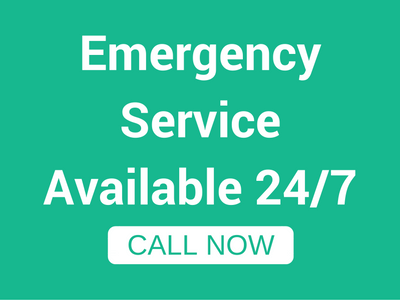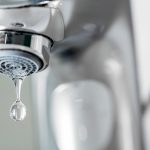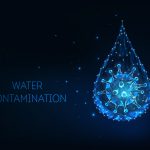Every year, the Environmental Protection Agency requires water quality reports to be sent out to anyone who receives their water from a community water system. A community water system is a public water system that serves the same people year-round. Most residences including homes, apartments, and condominiums in cities, towns, and mobile home parks are served by community water systems. However, community water systems that serve less than 10,000 people are not required to send the report directly to the customer. The report is called the Consumer Confidence Report. If you don’t receive a CCR directly, you can request that one be sent to you. The CCR will tell you where your water is coming from, any contaminants that are in it, and the health risks that may come from those contaminants. Understanding your water quality report will allow you to know when it’s necessary to call a water treatment company.
What’s in Your CCR
When you first open your CCR, it may seem very technical but it’s actually not that hard to understand. It simply contains all of the important information about your drinking water. It will tell you where your water comes from, whether the source is an aquifer, a lake, or river. You’ll be given a brief risk summary of the potential contaminants that are present in your water and the health risks that go along with them. An account of the systems efforts to increase the quality and safety of your water will be also be provided. Reading the CCR is one thing but knowing what it all means is key to understanding the quality of your water.
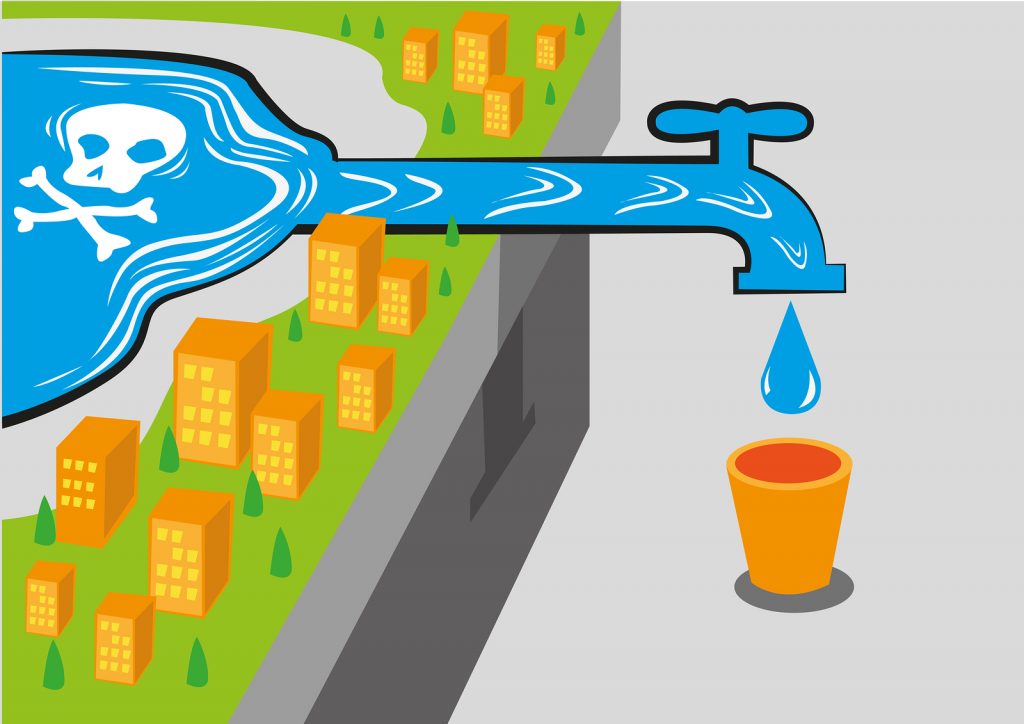
Understanding the Important Info
The most important section of the CCR for the consumer is the section that breaks down exactly what is in your water. This section will include such things as a list all of the contaminants that are in your water, the amount of each contaminant, and the possible source. This information will provide you with enough knowledge to make important decisions about your water supply.
There are three levels in this section that you’ll need to be aware of: the MCGL, the MCL, and the amount detected level. The amount detected level is the amount of each contaminant that was found in your drinking water. The MCLG, or the Maximum Contaminant Level Goal, is the minimum level of a contaminant that is allowed in your drinking water. If the contaminant level is below this line then there are no known or expected health risks. The MCL, or Maximum Contaminant Level, is the maximum level of a contaminant allowed. If your amount detected level exceeds the MCL, your water is not safe to drink and you’ll need to call a water treatment company.
A Water Treatment Company Can Protect You
It’s obvious that your water needs treatment if it tastes bad, smells bad, or has some discoloration. But even if those signs aren’t present, that doesn’t exactly mean your water is as clean as it needs to be. Contaminants could be present in your water without you realizing it. This is why understanding your annual water quality report is crucial. It will tell you which contaminants are in your water and if those contaminants are at a level safe enough to drink. If you’ve taken a look at your CCR and are not comfortable with the contaminant levels, it’s a good idea to call your local water treatment company for help or advice.
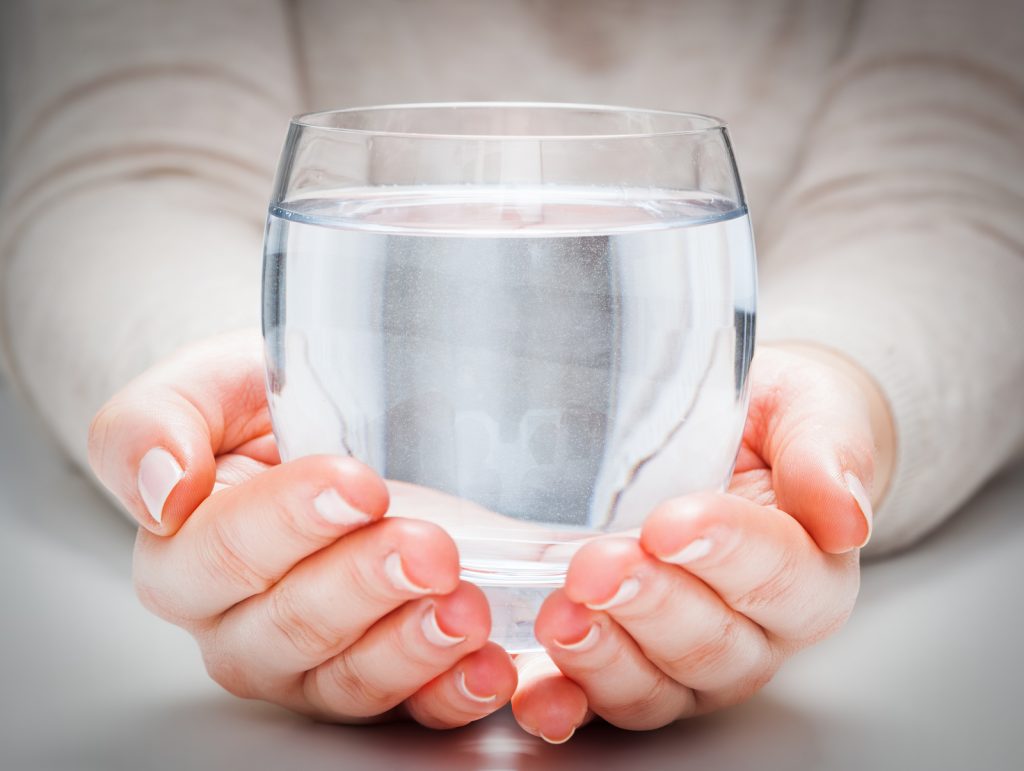
A1 Well Drilling and Pump Service can advise you on how to treat your water and keep your family safe from contaminants. From installation to system maintenance, we provide a variety of water treatment services. Our trucks are fully stocked with quality equipment to ensure that we get the job done right in a timely manner. If you feel even a little uncomfortable about the quality of your drinking water, give us a call today. It’s better to be safe than sorry.

